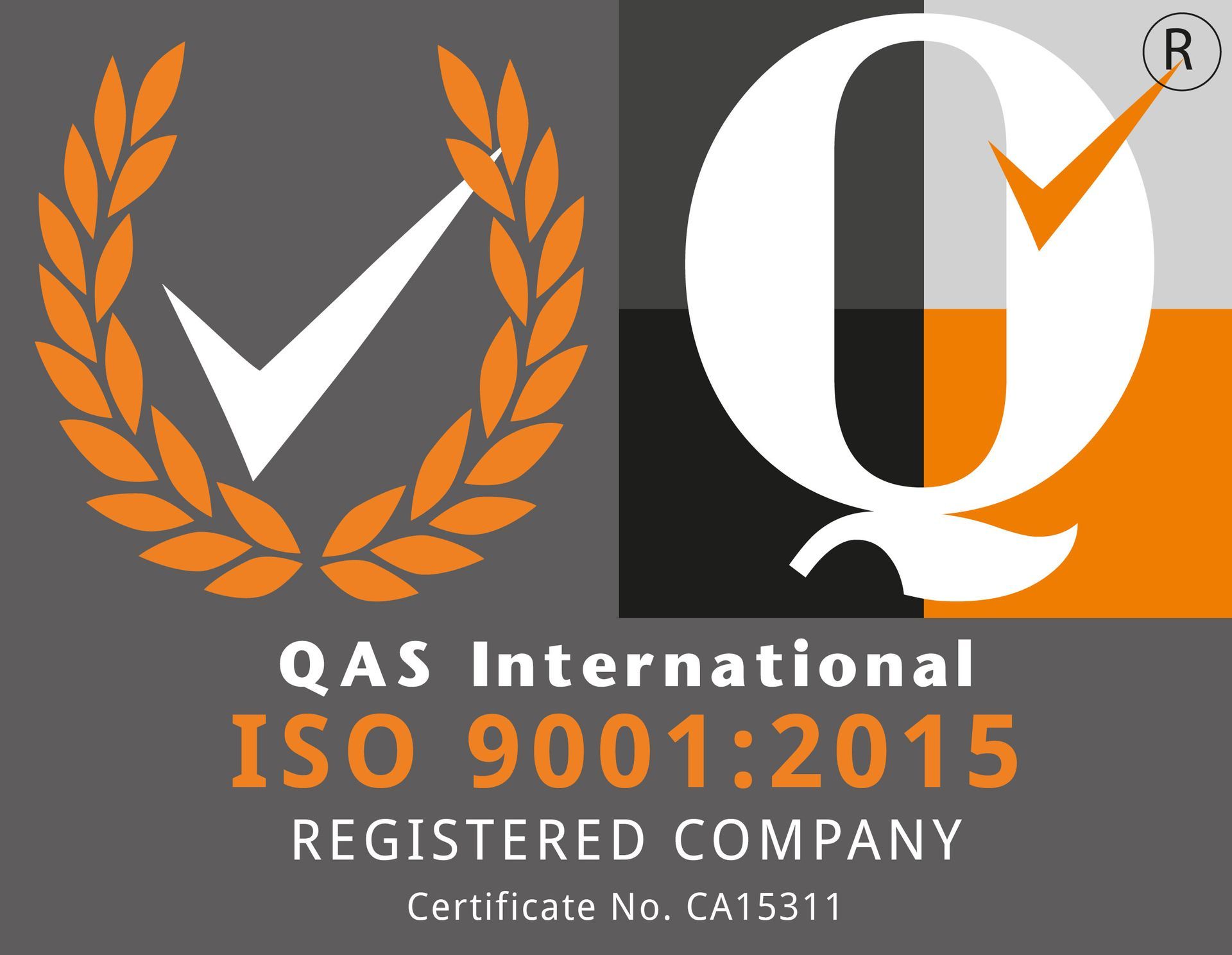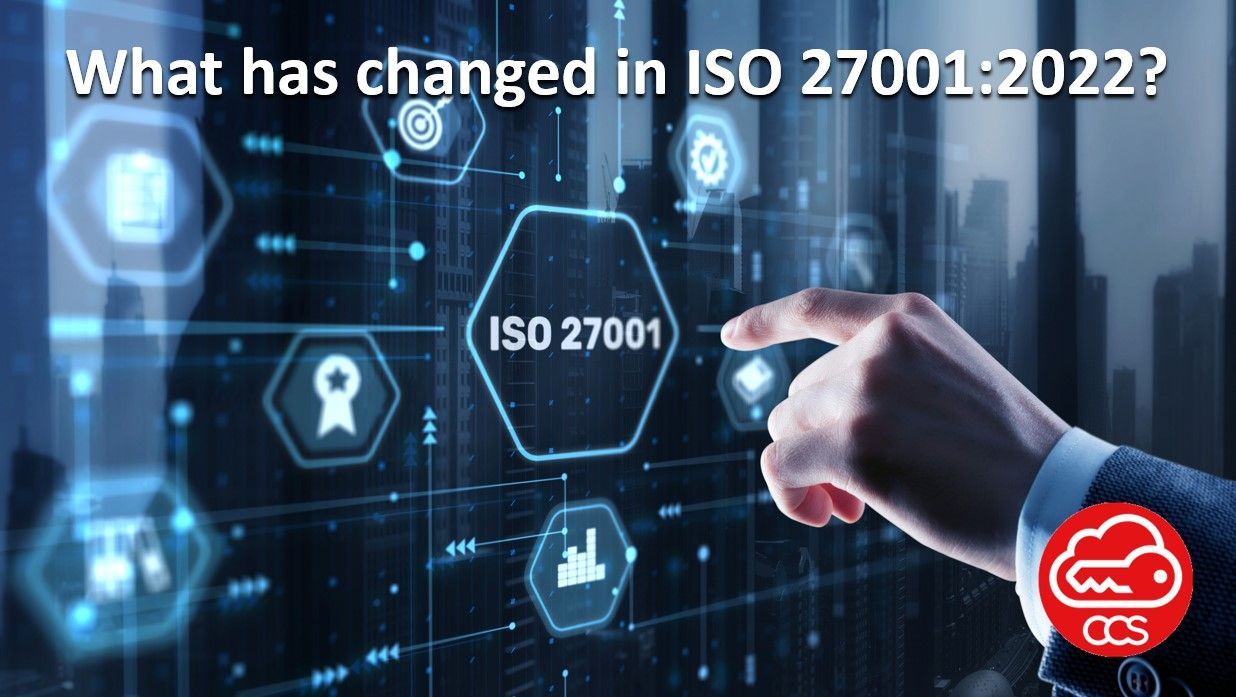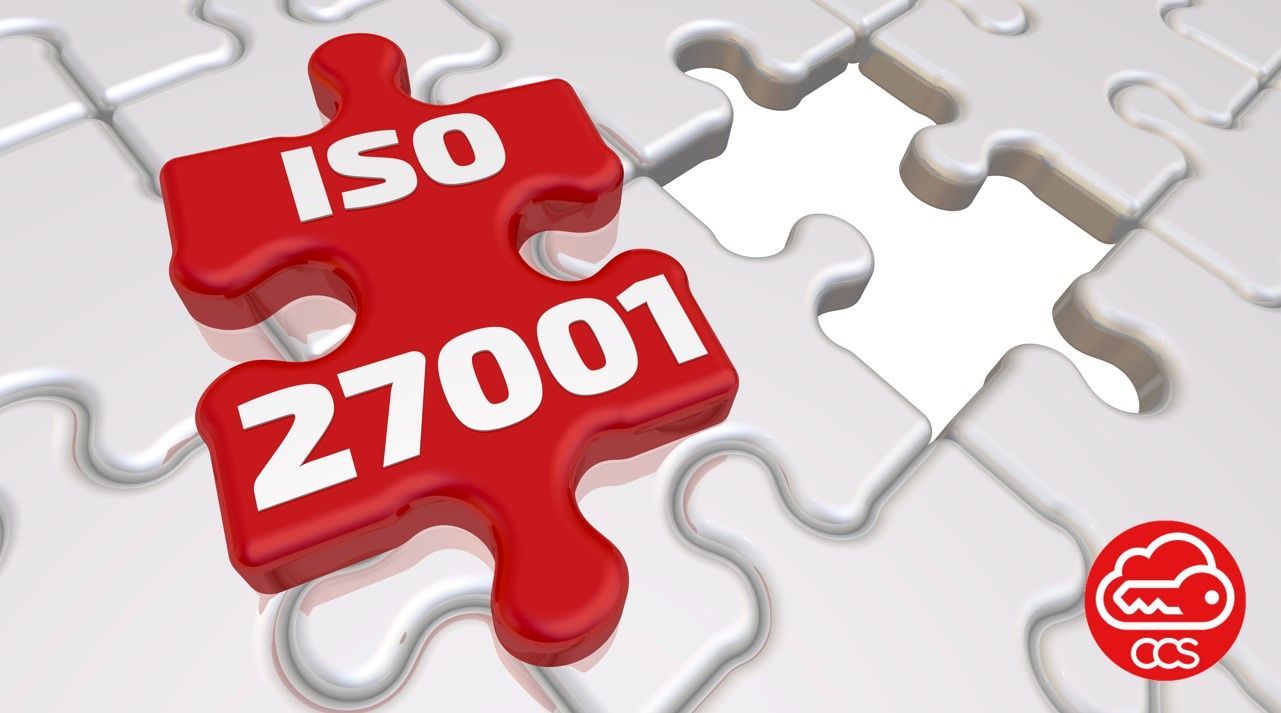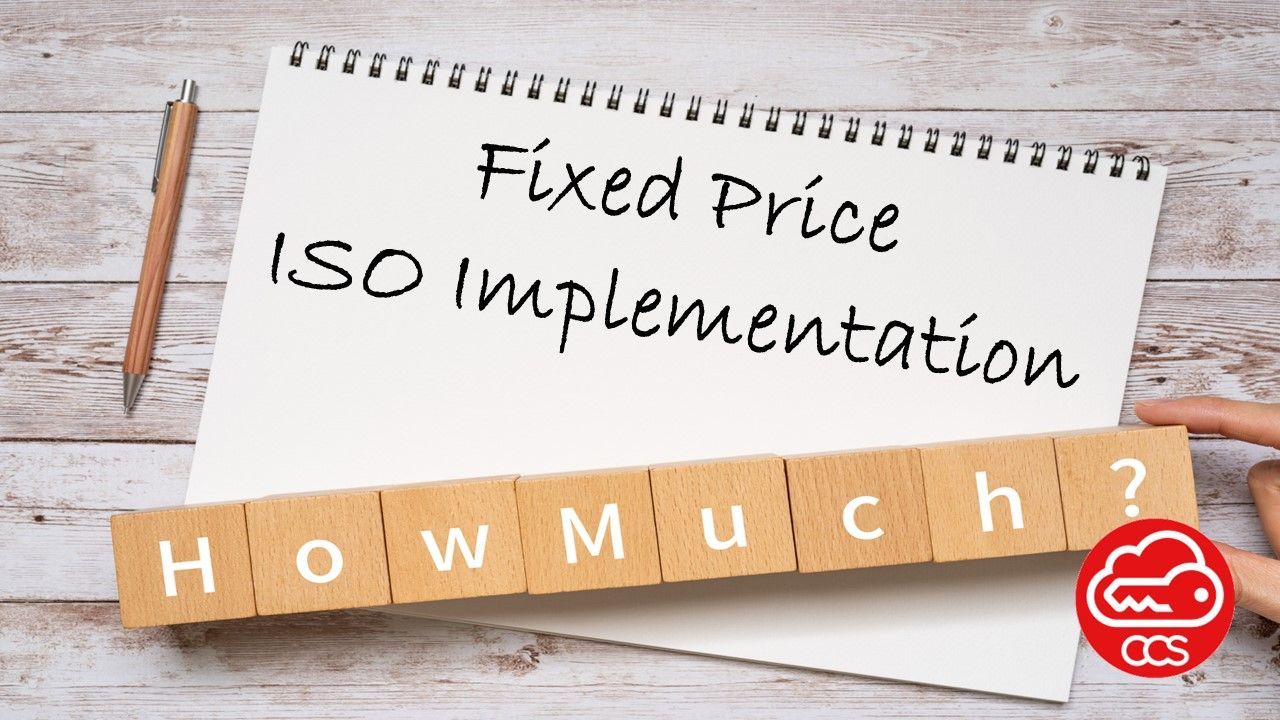ISO 27001 Information Security Management System (ISMS)
ISO 27001:2022, developed by the International Organisation for Standardisation (ISO), is a leading standard for Information Security Management Systems (ISMS). It provides a comprehensive framework for organizations to establish, implement, maintain, and continually improve their information security management system.





